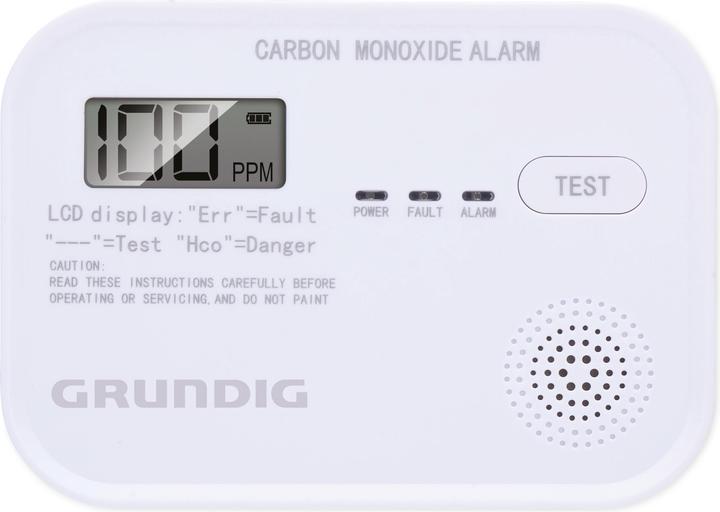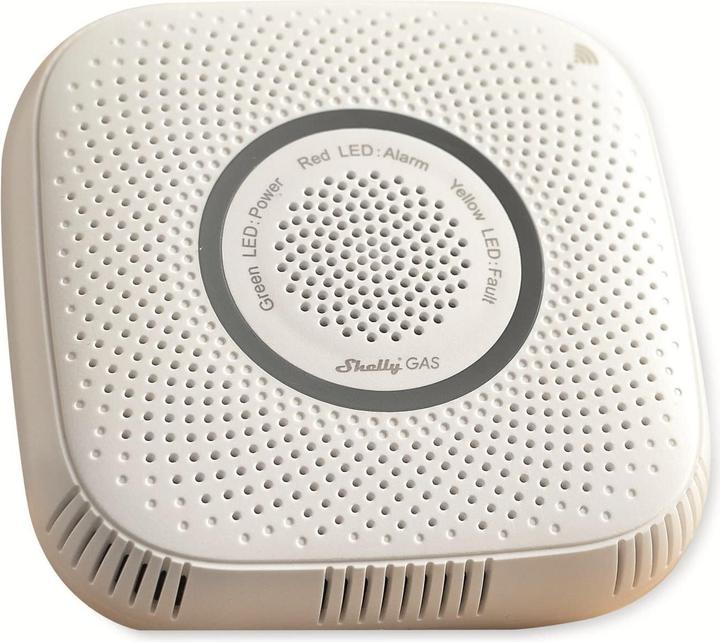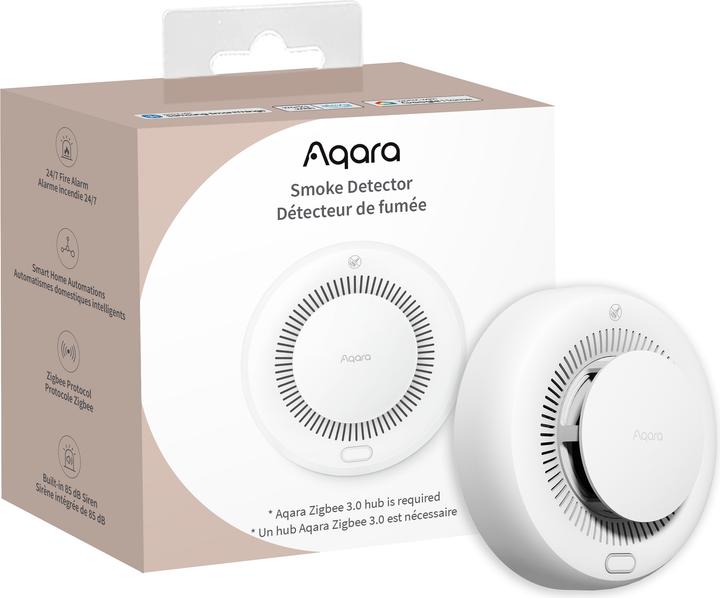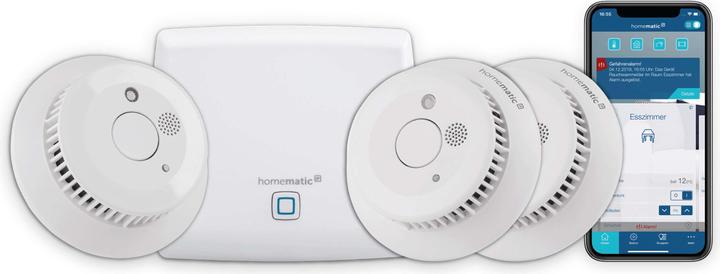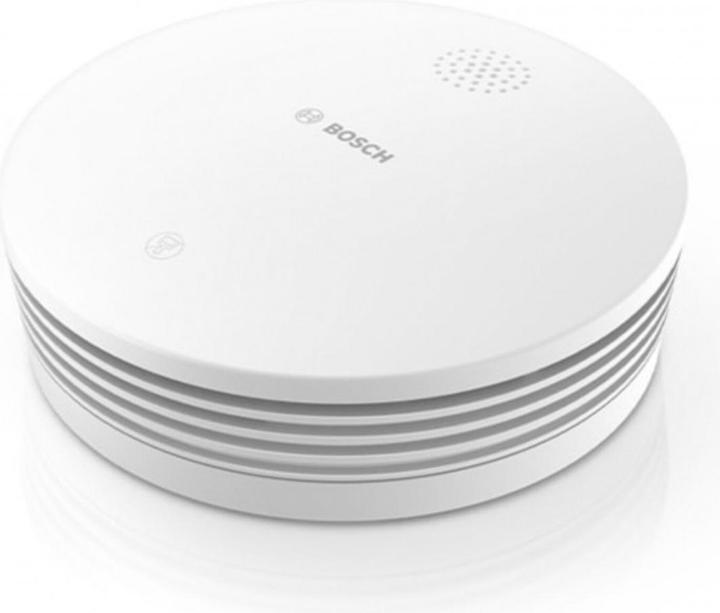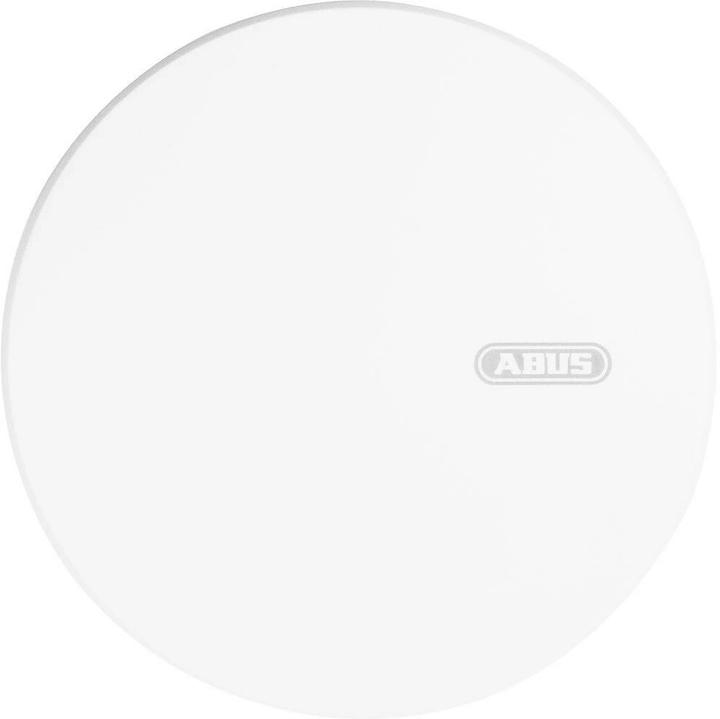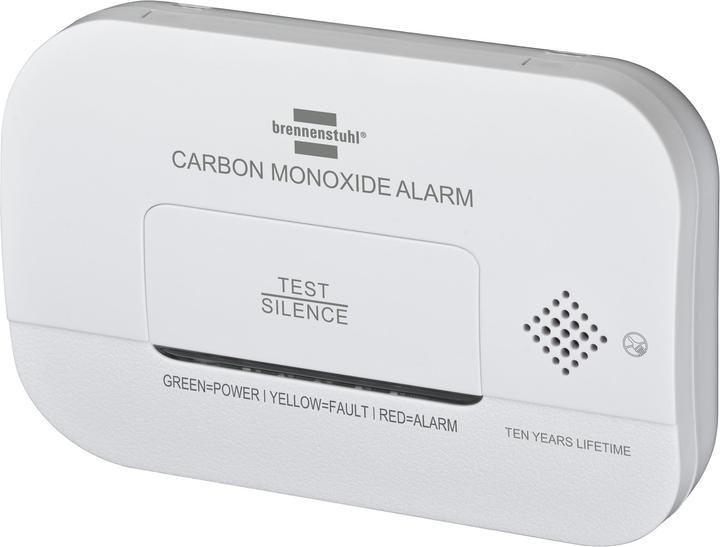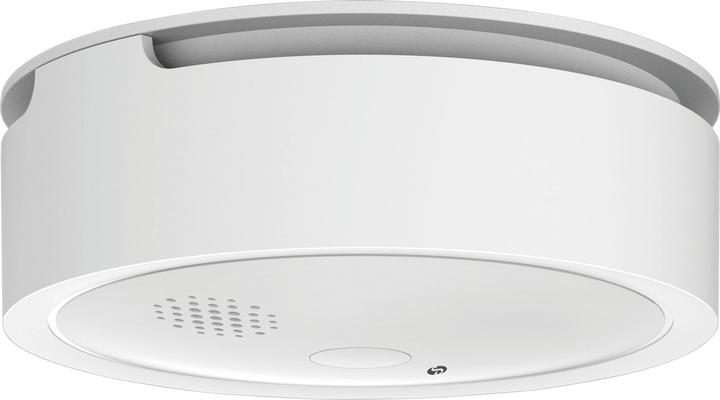
Too Many Hazard Detectors? Here's How to Choose the Right One
Explore five essential factors to consider when selecting the perfect hazard detector for your needs.
Last updated 1 week ago. Automatically generated content.


Select options and limit the number of products
The type of hazard detector determines the specific danger it is designed to detect, such as smoke or carbon monoxide. Selecting the appropriate detector is crucial for ensuring safety and preventing potential disasters in different environments.
Popular options (you can select more than one)
Smoke detectors
Typical price
31.– to 140.–Detects smoke particles in the air, providing early warning of a potential fire.
Essential for residential and commercial spaces, aiding in timely evacuation and minimizing fire damage.
Bestseller
Carbon monoxide detector
Typical price
33.– to 80.–Identifies the presence of carbon monoxide gas, which is colorless and odorless.
Vital for detecting this poisonous gas, particularly in homes with fuel-burning appliances, to prevent health risks.
Bestseller
Water detector
Typical price
27.– to 100.–Senses water leaks or flooding by detecting moisture levels.
Useful for preventing water damage in areas prone to leaks, such as basements or near water heaters.
Bestseller
Gas detector
Typical price
43.– to 160.–Monitors the presence of various gases, including natural gas and propane.
Important for preventing explosions and ensuring air quality in environments where gas is used or stored.
Bestseller
Transmission type refers to the method a hazard detector uses to communicate alerts and data, impacting its connectivity and integration capabilities. Choosing the right transmission type ensures reliable monitoring and ease of integration with other smart home systems or devices.
Popular options (you can select more than one)
Wireless
Typical price
29.– to 100.–Uses radio frequencies to transmit data without physical cables.
Wireless detectors are versatile and easy to install, suitable for flexible placement throughout the home.
Bestseller
Wi-Fi
Typical price
35.– to 120.–Connects through a home Wi-Fi network to send alerts and updates.
Wi-Fi detectors offer real-time notifications on smartphones, ideal for remote monitoring and control.
Bestseller
ZigBee
Typical price
27.– to 43.–Employs a low-power, low-data rate wireless communication protocol.
ZigBee detectors are energy-efficient, making them perfect for smart home integration with minimal power consumption.
Bestseller
Bluetooth
Typical price
38.– to 320.–Uses Bluetooth technology for short-range communication and data transfer.
Bluetooth detectors are best for localized monitoring, providing quick alerts within a limited range.
Bestseller
Power supply refers to the source of energy that powers a hazard detector, influencing its reliability and maintenance requirements. Understanding the power supply options helps in choosing a model that suits your installation needs and ensures continuous operation for safety.
Popular options (you can select more than one)
Battery operated
Typical price
29.– to 100.–Uses replaceable batteries as the power source, offering flexibility in placement without the need for wiring.
Ideal for spaces where electrical outlets are unavailable, ensuring easy installation and maintenance.
Bestseller
Rechargeable battery operated
Typical price
38.– to 150.–Features built-in rechargeable batteries, reducing the frequency and cost of battery replacement.
Suitable for long-term use with convenient charging options, providing a sustainable and cost-effective power solution.
Bestseller
Electrical connection
Typical price
51.– to 240.–Connects directly to the electrical system, providing constant power without the need for battery changes.
Ensures uninterrupted operation, making it suitable for critical areas requiring persistent hazard monitoring.
Bestseller
USB power delivery
Typical price
61.– to 170.–Relies on USB connections for power, offering versatility with modern charging setups.
Great for integration with contemporary systems and convenient for locations with USB outlets, enhancing ease of use.
Bestseller
A smart home ecosystem refers to the integration of hazard detectors with various smart home platforms, allowing for seamless communication and control. Choosing the right ecosystem ensures compatibility with existing devices, enhancing convenience and efficiency in monitoring home safety.
Popular options (you can select more than one)
Amazon Alexa
Typical price
27.– to 85.–Enables voice control and integration with a wide range of smart home devices, including hazard detectors.
Ideal for users seeking extensive compatibility and ease of use through voice commands.
Bestseller
Google Assistant
Typical price
38.– to 110.–Offers voice-activated control and integration with Google Home devices and other compatible smart home products.
Perfect for users who prefer Google services, providing a cohesive and user-friendly smart home experience.
Bestseller
Apple Home
Typical price
51.– to 150.–Integrates seamlessly with Apple devices and supports automation through the Home app.
Best suited for Apple ecosystem users, offering secure and efficient management of smart home devices.
Bestseller
Samsung Smart Things
Typical price
20.– to 40.–Facilitates integration with Samsung devices and a variety of third-party smart home products.
Great for users with Samsung products, enabling centralized control and monitoring of home safety devices.
Bestseller
Choosing the right brand for hazard detectors is crucial as it ensures reliability and performance in safety-critical situations. Brands like Ei Electronics and Netatmo are recognized for their innovative designs and advanced features, offering peace of mind to users.
Popular brands (you can select more than one)
Ei Electronics
Renowned for high-quality smoke and carbon monoxide detectors with advanced sensor technology.
Ideal for those seeking reliable, interconnected safety solutions for homes and businesses.
Bestseller
Abus
Specializes in robust security solutions including smoke detectors with easy installation features.
Perfect for individuals looking for durable, user-friendly options with comprehensive safety assurance.
Bestseller
Netatmo
Famous for its smart home integration and innovative design in hazard detection devices.
Suitable for tech-savvy users who value connectivity and remote monitoring capabilities.
Bestseller
Brennenstuhl
Offers a wide range of affordable safety products including basic smoke alarms.
Best for budget-conscious consumers seeking essential safety features without compromising quality.
Bestseller
Known for its Nest Protect, which combines smoke and carbon monoxide detection with smart features.
Great for users who prioritize smart home integration and detailed safety alerts.
Bestseller
